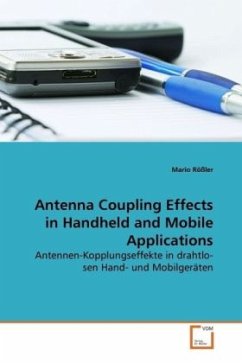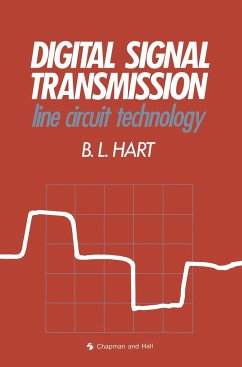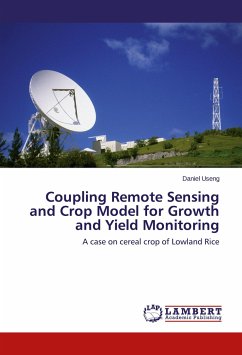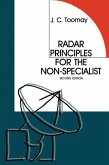This work analyzes antenna coupling effects in small
wireless handheld and mobile devices.
Further it provides suggestions how to minimize them.
Modern communication devices have to support several
standards, while the total system and PCB size needs
to be decreased. This results in rising mutual
coupling. Demands for improved receiver sensitivity
and limited transmit power aggravate the requirements
on separation of the systems.
Part 1 presents information about standards, wave
propagation on PCBs, fundamentals
of 3D electromagnetic FEM simulations and S-parameter
measurement basics. Part 2 deals
with the results from the simulation of simpli ed
mobile phone boards. Part 3 presents the measurement
results of selected con gurations.
It is shown that the optimization of the antennapositions provides an option to relax demands to the
needed lters. In addition modi cations to the PCB
are introduced which signi cantly improve decoupling
between the antennas.
wireless handheld and mobile devices.
Further it provides suggestions how to minimize them.
Modern communication devices have to support several
standards, while the total system and PCB size needs
to be decreased. This results in rising mutual
coupling. Demands for improved receiver sensitivity
and limited transmit power aggravate the requirements
on separation of the systems.
Part 1 presents information about standards, wave
propagation on PCBs, fundamentals
of 3D electromagnetic FEM simulations and S-parameter
measurement basics. Part 2 deals
with the results from the simulation of simpli ed
mobile phone boards. Part 3 presents the measurement
results of selected con gurations.
It is shown that the optimization of the antennapositions provides an option to relax demands to the
needed lters. In addition modi cations to the PCB
are introduced which signi cantly improve decoupling
between the antennas.








